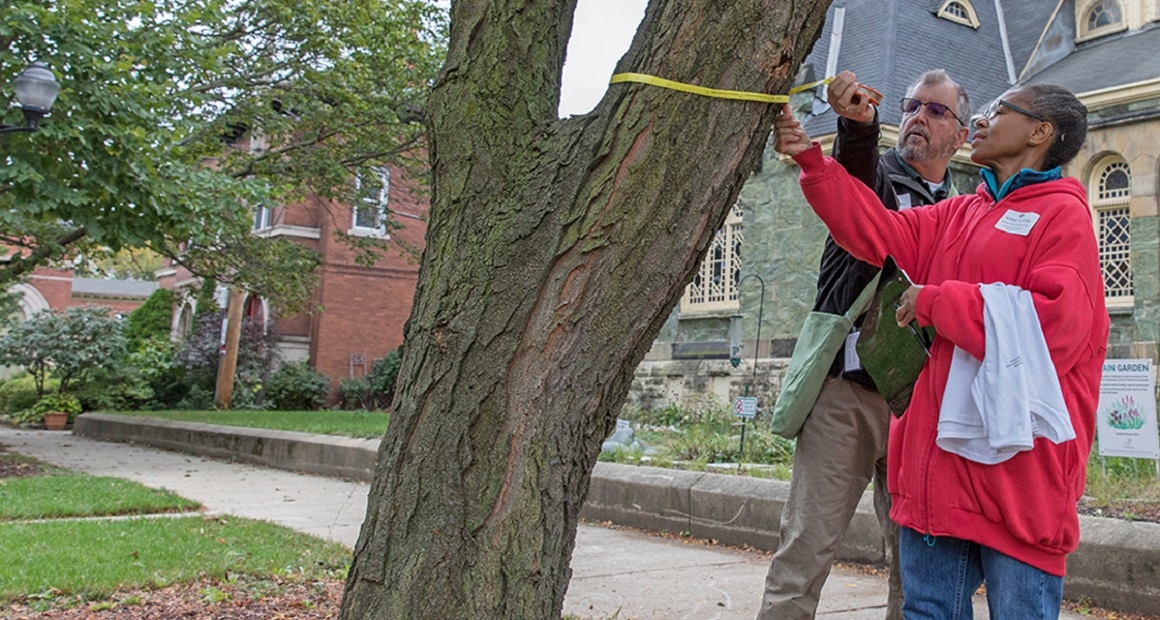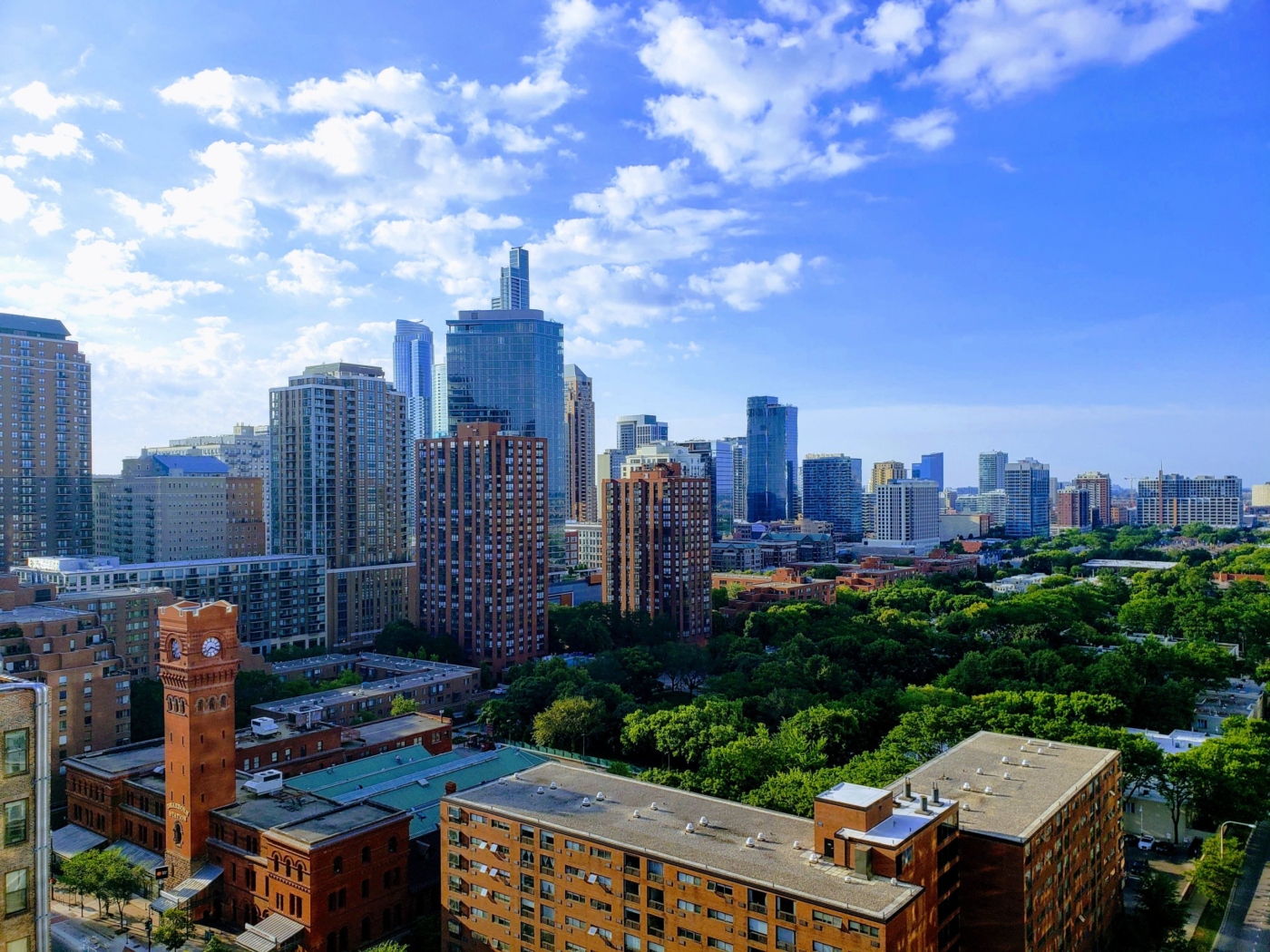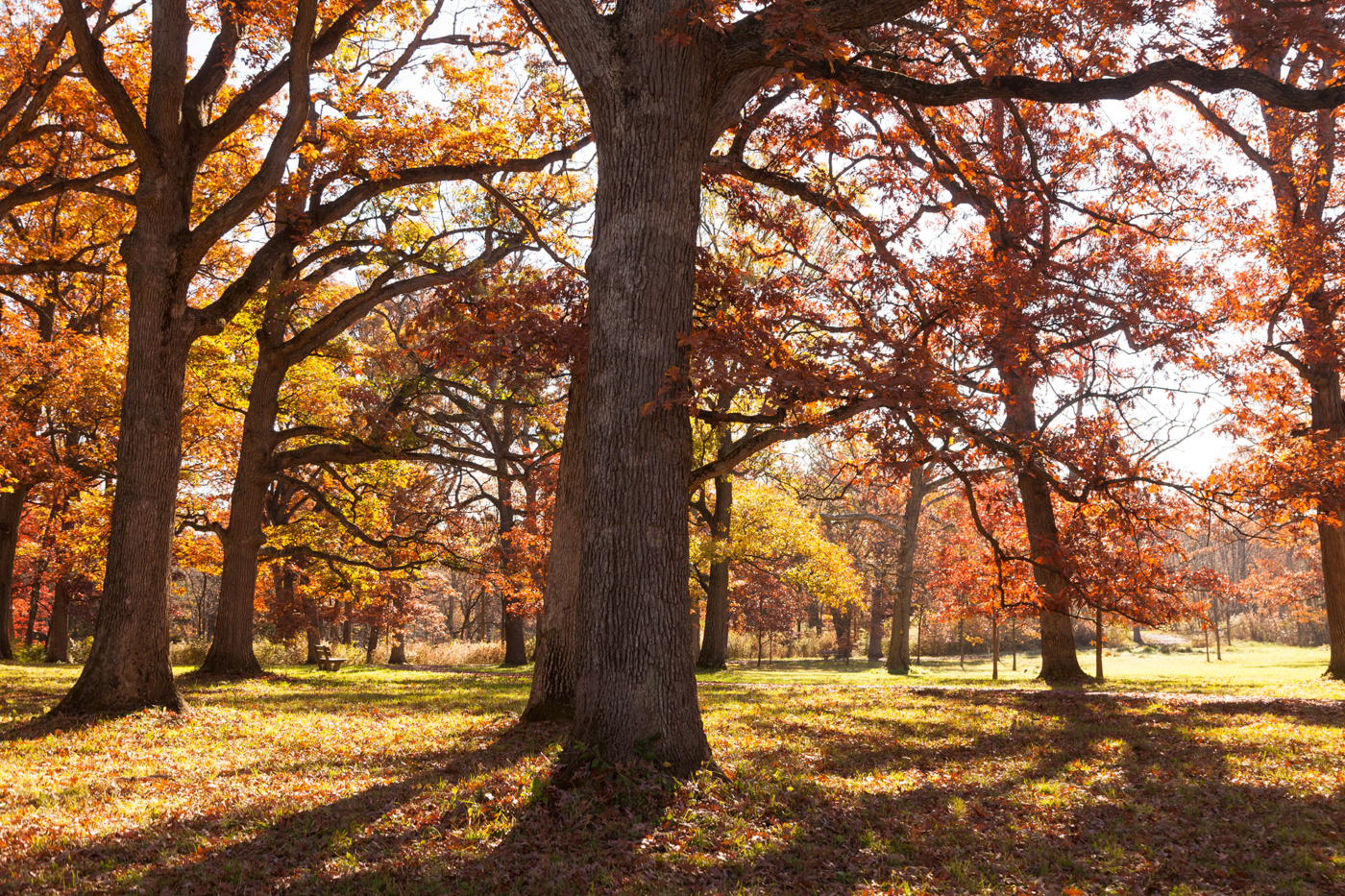Community Tree Canopy Summaries
Explore the Community Tree Canopy Summaries to view or download a summary of your community’s tree canopy coverage. Each report provides data showing the multiple benefits that trees provide people and compares those data to similar communities. The data and visualizations in each report can support efforts to protect trees and guide tree management plans for your community.



